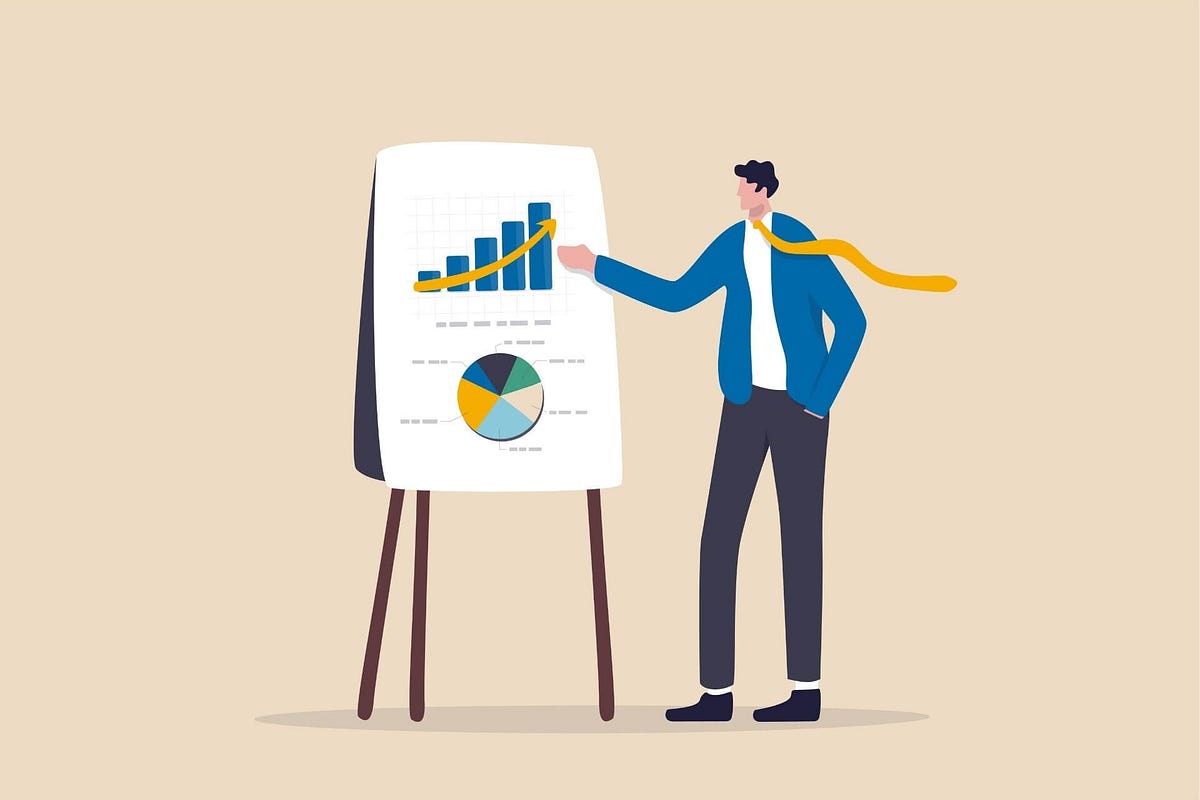- Startup Stoic
- Posts
- A/B Testing and D2C Personalization: How's it connected?
A/B Testing and D2C Personalization: How's it connected?
Design your A/B testing action plan
A/B testing is a powerful tool in the arsenal of D2C brands seeking to refine their personalization strategies. By following a systematic approach and analyzing actionable insights, businesses can optimize their marketing efforts to deliver tailored experiences that resonate with their audience. This is StartupStoic, a newsletter that assists you in learning better and strategizing your startup ideas. Feel free to share it with others.
We all know personalization is the golden key to customer hearts, but how do we unlock its true potential?
Enter A/B testing, the data-driven hero here to refine your D2C personalization strategies with laser focus. Personalization is the name of the D2C game. Customers expect tailored experiences that resonate with their preferences and behaviours. But how do we ensure our personalization strategies hit the mark?

What is A/B Testing, and Why is it Your Personalization BFF?
Imagine showing two different versions of your website homepage to different sets of customers. One version has a hero image featuring a happy family, while the other showcases a product demonstration. A/B testing allows you to compare which version resonates better with your audience, ultimately helping you choose the one that drives higher engagement, conversions, or whichever goal you set.
Think of it as a scientific experiment for your marketing efforts. You get quantifiable data to understand what truly tickles your customers' fancy, allowing you to personalize your D2C experience with confidence.
Ready to Get Started? Here's Your A/B Testing Toolkit:
Define Your Goals: What do you want to achieve with your personalization efforts? Increased brand awareness, higher conversion rates, or boosting customer loyalty? Clearly define your objectives to guide your testing strategy.
Identify Your Target Audience: Segment your customer base based on demographics, purchase history, browsing behaviour, or any other relevant criteria. This helps personalize your A/B tests to specific customer groups.
Choose Your Battleground: What elements will you test? Consider product recommendations, email content, website layouts, call-to-action buttons, or even the timing of your marketing messages.
Craft Your Variations: Create different versions of the chosen element. Keep the changes focused and measurable, ensuring a clear distinction between the variations.
Split the Traffic: Divide your target audience into two groups, randomly assigning them to see either version A or B. This ensures a fair and unbiased comparison.
Track and Analyze: Monitor key metrics like click-through rates, conversion rates, and bounce rates for each variation. Use this data to determine which version performs better towards your objectives.
Refine and Repeat: Based on your findings, implement the winning variation and consider A/B testing other elements to continuously optimize your personalization strategy.
Real-World Examples: D2C Brands Winning with A/B Testing:
HelloFresh: This meal-kit company A/B tested different messaging on their landing page, focusing on convenience and time-saving benefits. They found that highlighting the "hassle-free" aspect resonated better with their target audience, leading to a significant increase in sign-ups.
Quip: The electric toothbrush brand wanted to improve its email click-through rates. By A/B testing different subject lines and email formats, they discovered that emails with personalized product recommendations based on past purchases generated significantly higher engagement.
Dollar Shave Club: This subscription service A/B tested different product images on their website. They found that showcasing the product in use, rather than simply a product photo, led to a notable increase in conversions.
Your Action Plan
Now that you're armed with insights into A/B testing for D2C personalization, here's your action plan:
Audit Your Current Personalization Efforts: Assess your current personalization strategies and identify areas for improvement.
Set A/B Testing Goals: Clearly define what you want to achieve with A/B testing. Whether it's boosting engagement, increasing conversion rates, or refining user experience, set measurable goals.
Identify Testable Variables: Pinpoint elements in your D2C strategy that can be tested. This could include product recommendations, email content, website layouts, or even the timing of personalized messages.
Leverage Audience Segmentation: Divide your audience into meaningful segments to tailor A/B tests to specific customer groups.
Invest in Analytics Tools: Utilize analytics tools to gather quantitative data and user feedback. This will provide valuable insights into the effectiveness of your A/B tests.
Implement Iterative Changes: Continuously refine your D2C personalization strategies based on the insights gained from A/B testing. Remember, it's an iterative process.
Remember, A/B testing is an ongoing journey, not a one-time fix. As your customer base and market trends evolve, so too should your personalization strategy. Embrace the data-driven insights A/B testing offers and continuously experiment to unlock the magic of personalization for your D2C brand.

